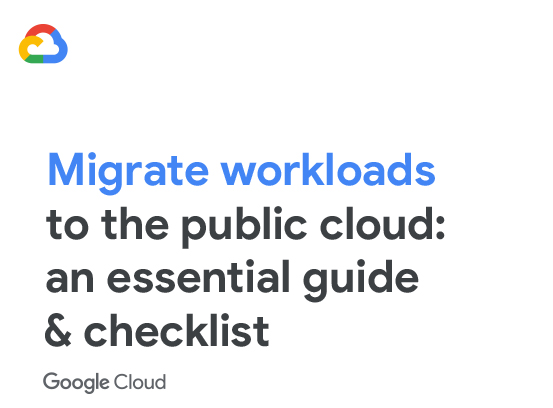According to the 2018 International Data Corporation (IDC) Worldwide Semiannual Public Cloud Services Spending Guide, the market is expected to gain five-year compound annual growth rate (CAGR) of 21.9% with public cloud services spending totaling $277 billion in 2021. If that’s the likely forecast growth in five years, what will happen in a decade? The dominance of the public cloud appears likely.
As the public cloud becomes a multi-billion dollar business and the IaaS market share of computing continues to grow, enterprises are leveraging the public cloud more and more each year. But even though self-provisioning of new workloads in public clouds is simple, migrating existing services to the cloud requires more preparation. A common perception is that migrating existing workloads to the public cloud — especially those with a lot of data — is complex, time consuming and risky. With the right planning, however, enterprise IT organizations can rapidly establish good migration practices to accelerate migrations and lower risk. Plus, migration technology is evolving quickly to support the enterprise.
Read on for essential tips to guide IT organizations through the four key parts of the migration process: Assess, Plan, Migrate, and Optimize.



